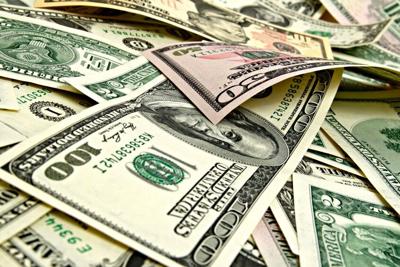Here’s a data point to consider: Since the third quarter of 2021, companies offering “consumer packaged goods” — items we use daily that must be replenished regularly, such as cereal, soap, socks and soft drinks — have boosted prices an average of 20%.
Gouging you say?
That might be the opinion not only at the watercooler but also at the White House, where the Biden Administration last week announced formation of a Strike Force on Unfair and Illegal Pricing to “root out and end” business practices that can raise prices.
Another view, though — and some advice — comes from the source of that 20% data point: consultant Bain & Co. of Boston.
Bain released an inaugural annual report last month that surveyed more than 100 senior executives worldwide in consumer packaged goods, or CPG, on how 2023 went and what their 2024 priorities are.
The CPG industry is “used to finding a way” through periods of consumer uncertainty, says the report, citing two memorable 21st century global ones: the Great Recession and the COVID-19 pandemic.
But uncertainty in 2024 “feels different,” write authors Richard Webster, head of Bain’s
global consumer products practice, and Charlotte Apps, a practice executive vice president. That’s because there are fewer options available to companies in response to faltering consumer sentiment.
One in particular, pricing, may be maxed out.
Retail sales value globally for consumer products rose nearly 10% in 2023, following a similar rise in 2022. That’s nearly double the 10-year average growth rate, says Bain, but the bulk of the growth came not from increased demand but from higher prices as companies passed on their inflation-impacted production costs.
In the U.S., pricing accounted for 93% of retail sales growth last year, with demand contributing just 7%; Europe saw a similar picture. “That imbalance isn’t sustainable,” Bain says.
Now, though, with inflation slowing – the consumer price index ended 2023 at 3.1%, versus 7.5% in 2021, the government says – consumers see prices as having risen too much and are responding by switching to private labels, waiting for sales, or just buying less, according to Bain.
CPG businesses, though, despite that familiar 20% data point on prices, say increases in their costs to produce goods “blunted” any benefit from sales growth.
So companies froze hiring and cut general overhead. “But there are only so many cost levers that can be pulled,” Bain says, and “with no room left on price,” a return to growth in demand “will be critical.”
Attention to emerging markets might be one way to achieve that. A chart in the Bain report, for instance, showed the 2022-23 retail sales value growth in India split 60-40 between price and demand, with the narrative calling the country “a standout example of balanced growth.”
“Emerging markets are key to the renewal of volume growth, so CPGs must stay ahead of their rapid evolution,” says another Bain partner who offered commentary in the report.










